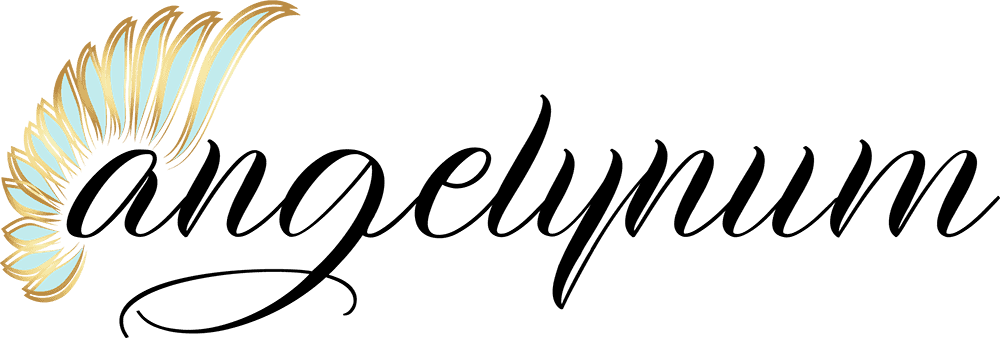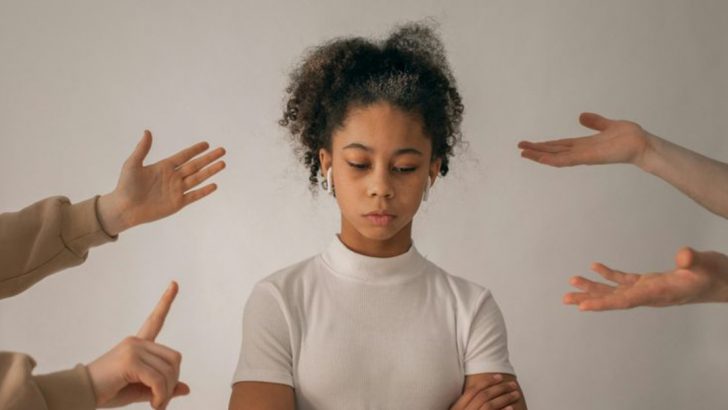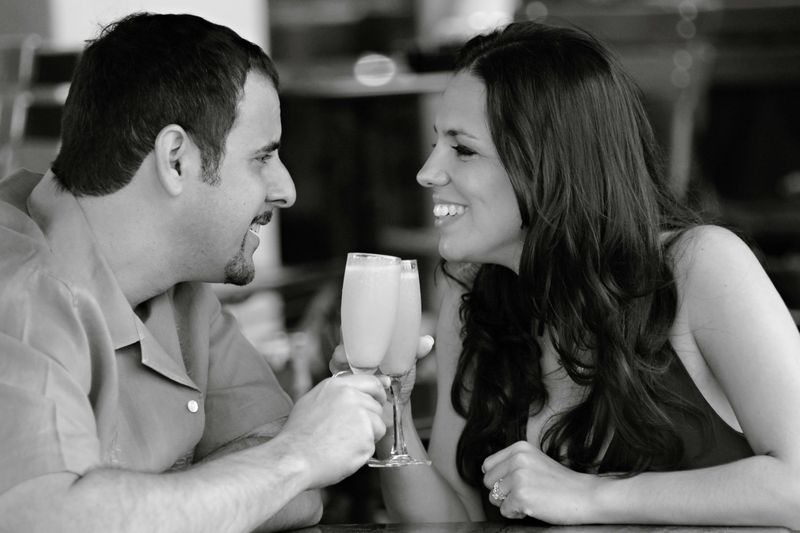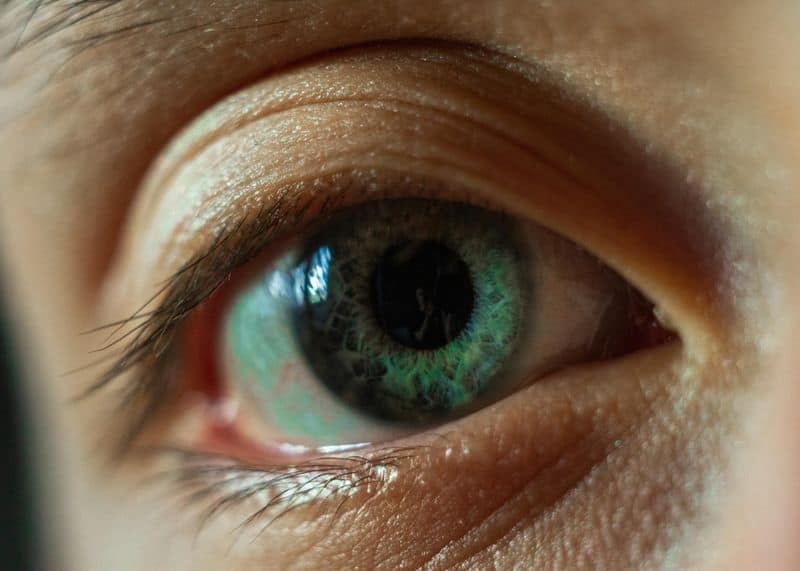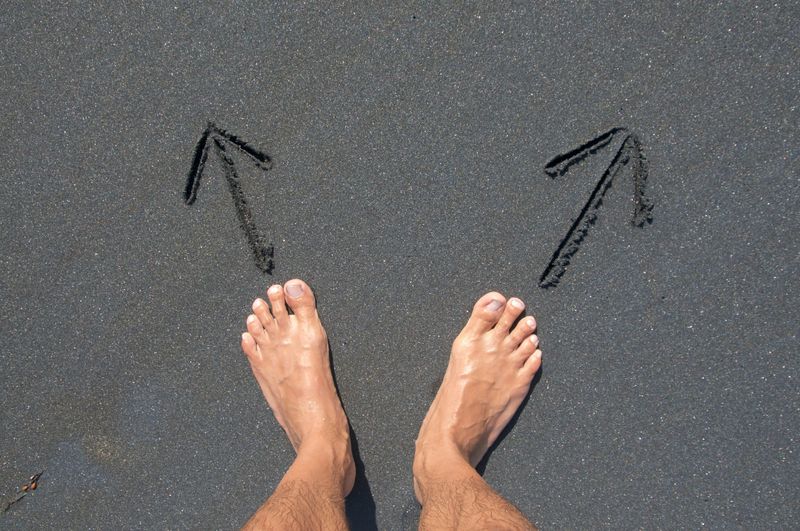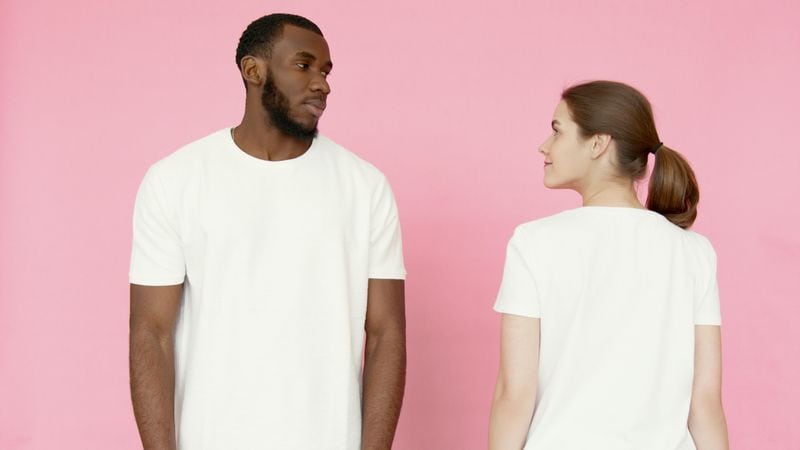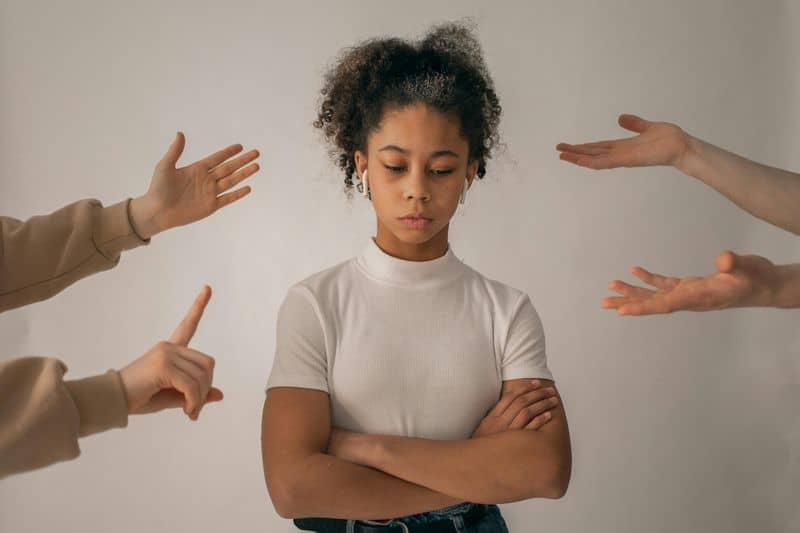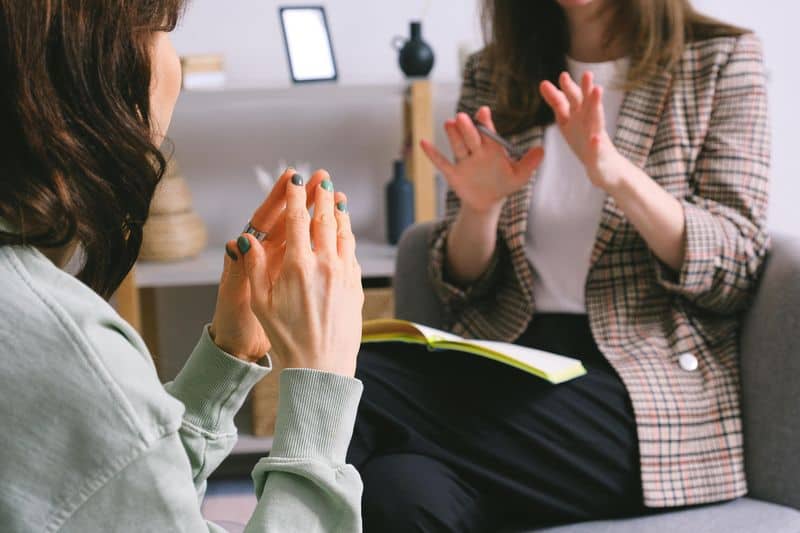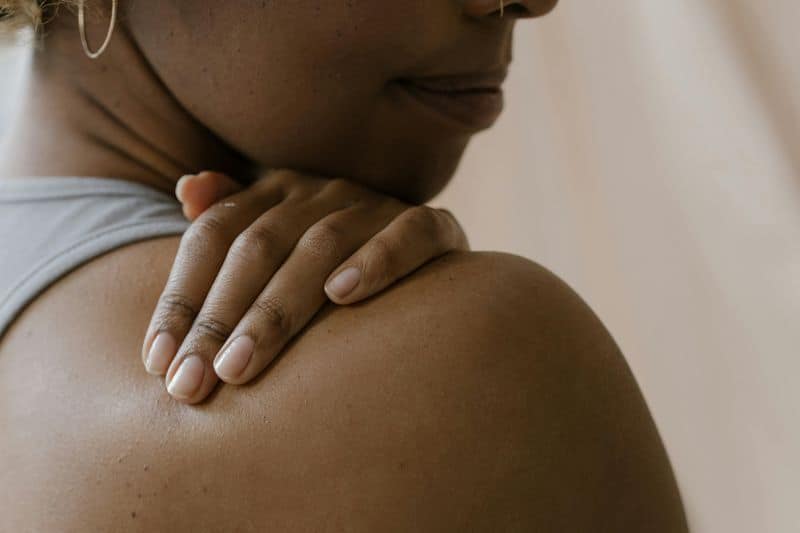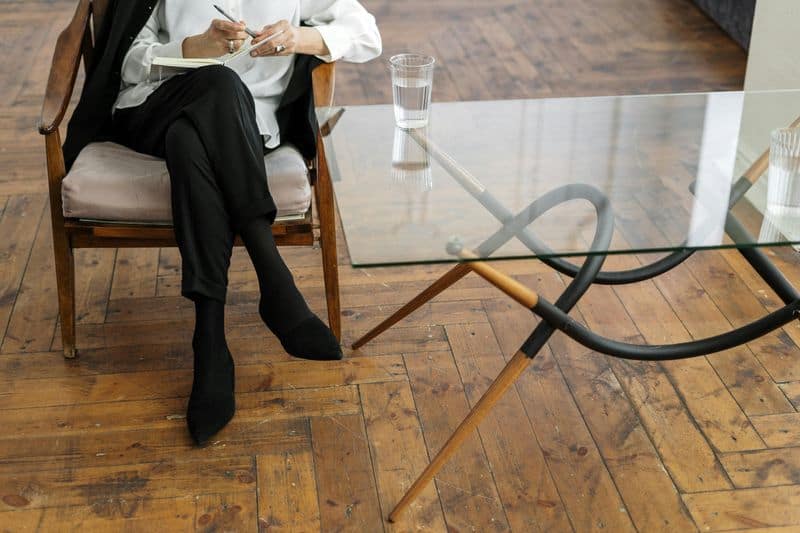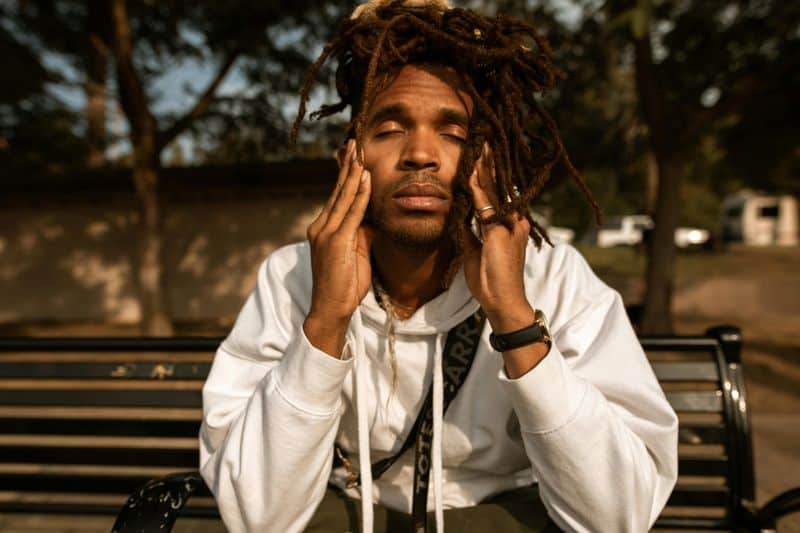Ever wonder what someone is really thinking? People don’t always say what they mean, but their bodies often tell the truth.
Learning to read body language is like gaining a superpower that helps you understand the hidden messages others send without words.
This skill can improve your friendships, work relationships, and help you know when someone might not be telling the whole truth.
1. Eye Contact Reveals Inner Thoughts
Strong, steady eye contact typically signals confidence and honesty. When someone looks you straight in the eye while speaking, they’re likely being truthful and engaged in the conversation.
On the flip side, people who avoid eye contact might be hiding something, feeling anxious, or simply uncomfortable with the topic. Rapid blinking often indicates stress or nervousness.
Pay attention to pupil dilation too! Pupils naturally expand when we see something (or someone) we like. This reaction happens automatically and can’t be controlled, making it one of the most reliable body language clues.
2. Facial Micro-Expressions Leak True Feelings
Micro-expressions are tiny facial movements that flash across someone’s face in a fraction of a second, revealing their true emotions before they can hide them. These quick expressions are nearly impossible to fake or control!
A brief furrow of the brows might indicate confusion or doubt, while a flash of a smile that doesn’t reach the eyes could signal dishonesty. The corners of the mouth might twitch downward in disgust or disappointment.
Training yourself to spot these fleeting expressions takes practice, but once you learn, you’ll have access to people’s genuine reactions before they put on their social masks.
3. Feet Point Toward Interest
Our feet are honest indicators of where we want to go or who we’re interested in. Unlike facial expressions, most people don’t think to control their feet during social interactions.
When someone’s feet are pointed directly at you, they’re fully engaged and interested in the conversation. If their feet are pointed toward the door or away from you, they might be looking for an escape route, regardless of what their polite smile suggests.
This works in groups too! Notice whose feet people point toward during gatherings – it often reveals hidden attractions or who they find most interesting in the room.
4. Mirroring Shows Connection
Have you noticed when two people who really click seem to move in sync? This unconscious behavior called mirroring happens when someone subtly copies your posture, gestures, or even speaking pace.
When a person mirrors your movements, it usually signals they feel connected to you and are trying to build rapport. Parents do this with babies naturally, and friends or romantic partners often mirror each other without realizing it.
You can use this knowledge two ways: recognize when someone is mirroring you (they likely value your relationship), or consciously mirror others to help them feel more comfortable with you.
5. Crossed Arms Signal Defensiveness
When someone crosses their arms across their chest, they’re creating a physical barrier between themselves and others. This classic defensive posture often means the person feels threatened, disagrees with what’s being said, or needs emotional protection.
Watch for context though! Sometimes crossed arms simply mean the person is cold or trying to get comfortable in their chair. Look for other defensive signals like leaning away or a tight-lipped smile to confirm your reading.
If you notice this during a conversation, try changing the subject or adjusting your approach to help the person feel more at ease.
6. Hand Gestures Amplify Messages
The way people use their hands while speaking reveals volumes about their emotional state and honesty. Open palms typically indicate openness, honesty, and a willingness to connect. Someone who speaks with palms facing upward is likely being genuine and transparent.
Closed fists might signal determination, anger, or holding back information. Finger-pointing often comes across as aggressive or accusatory, while hidden hands (in pockets or behind backs) can suggest someone is hiding something or feeling insecure.
Politicians and public speakers train extensively on hand gestures because they understand how powerfully they communicate beyond words!
7. Posture Speaks Volumes About Confidence
A straight back, squared shoulders, and head held high broadcast confidence and authority to everyone in the room. This powerful posture takes up appropriate space and signals self-assurance without words.
Slumped shoulders, a curved spine, or a downward gaze typically indicate low confidence, submission, or even depression. Someone constantly making themselves physically smaller might be feeling intimidated or trying to avoid attention.
The fascinating thing about posture is that it works both ways – adopting a confident stance actually makes you feel more confident through a feedback loop between your body and brain!
8. Touch Behaviors Reveal Comfort Levels
The way someone touches others—or themselves—provides clear signals about their emotional state. Self-soothing touches like rubbing arms, playing with hair, or touching the neck often indicate anxiety or discomfort with the current situation.
Touching others varies culturally, but generally, brief touches on the arm or shoulder during conversation show warmth and connection. Someone who frequently touches you likely feels comfortable in your presence or might be attracted to you.
Pay attention to touch barriers too! When someone creates distance to avoid potential touch, they’re establishing boundaries and may not be as comfortable as their words suggest.
9. Leg Movements Betray Restlessness
Bouncing legs, tapping feet, or constant repositioning often reveal hidden nervousness or impatience that a person’s face might not show. These movements release excess energy and tension when someone feels anxious but is trying to appear calm.
A person sitting with legs crossed tightly might be feeling defensive or closed off to the conversation. Meanwhile, a relaxed, open leg position typically signals comfort and receptiveness.
Men and women often display different default sitting positions due to social conditioning, but sudden changes in leg positioning during conversation are particularly revealing—they often happen when topics become uncomfortable or especially interesting.
10. Gesture Clusters Tell the Full Story
Single body language cues can be misleading, but clusters of consistent signals rarely lie. When someone’s words say “I’m fine” but their crossed arms, minimal eye contact, and tight-lipped smile all suggest otherwise, trust the cluster!
Look for at least three consistent signals pointing to the same emotional state. For example, genuine happiness typically involves smiling eyes (crow’s feet wrinkles), an open posture, and animated movements—not just a mouth smile.
The power of reading body language comes from recognizing these patterns rather than isolated movements. This approach, pioneered by experts Nierenberg and Calero, dramatically increases your accuracy in understanding others’ true feelings.
